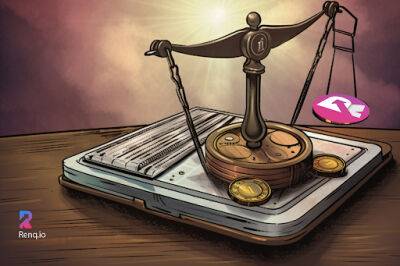Worlds collide at Bitcoin-based DeFi project — Nothing is impossible
Bitcoin (BTC) has grown from a small project to a frontrunner for a possible global currency thanks to its unrivaled market capitalization, unmatched liquidity pool and reliable infrastructure. The long-term benefits of Bitcoin have ensured its place in the balance sheets of industry giants like Tesla and MicroStrategy as well as some small nation-states, no matter the passing market conditions.
It’s no wonder that all big players in the decentralized finance (DeFi) space are longing for a plunge in Bitcoin’s huge pool of liquidity. However, since DeFi protocols were built on Ethereum or other blockchains, they lack native compatibility with the Bitcoin network, making it more difficult to tap into the BTC liquidity.
Several projects have come up with workarounds to access Bitcoin liquidity over the years, with the most prominent ones being wrapped versions of BTC and token bridges. Numerous reports highlighted that token bridges are too vulnerable to act as DeFi’s gateway to Bitcoin liquidity, with cross-chain bridges accounting for half of all DeFi exploits.
As DeFi struggles to find an ideal way to access Bitcoin liquidity, BTC holders also want their long-term investment to reach its full potential without introducing added vulnerabilities or relying on a centralized third party. Even without the herculean task involved in the technical front, the idea of using the base layer of the Bitcoin blockchain for anything other than peer-to-peer fund transfers triggered mixed reactions from the Bitcoin community.
Despite the misconception that Bitcoin is limited to simple transactions, contracts have been published with Bitcoin script. Users have published the first NFTs, and some even managed to play a retro computer game on
Read more on cointelegraph.com










![Bitcoin [BTC]: A sell-off could be on the horizon, unless… - ambcrypto.com](https://finance-news.co/storage/thumbs_400/img/2023/3/23/61188_salwv.jpg)
![Will Ethereum [ETH] follow Bitcoin’s [BTC] lead as the market rallies? - ambcrypto.com - city Shanghai - city Santimenteven](https://finance-news.co/storage/thumbs_400/img/2023/3/23/61185_jys.jpg)


